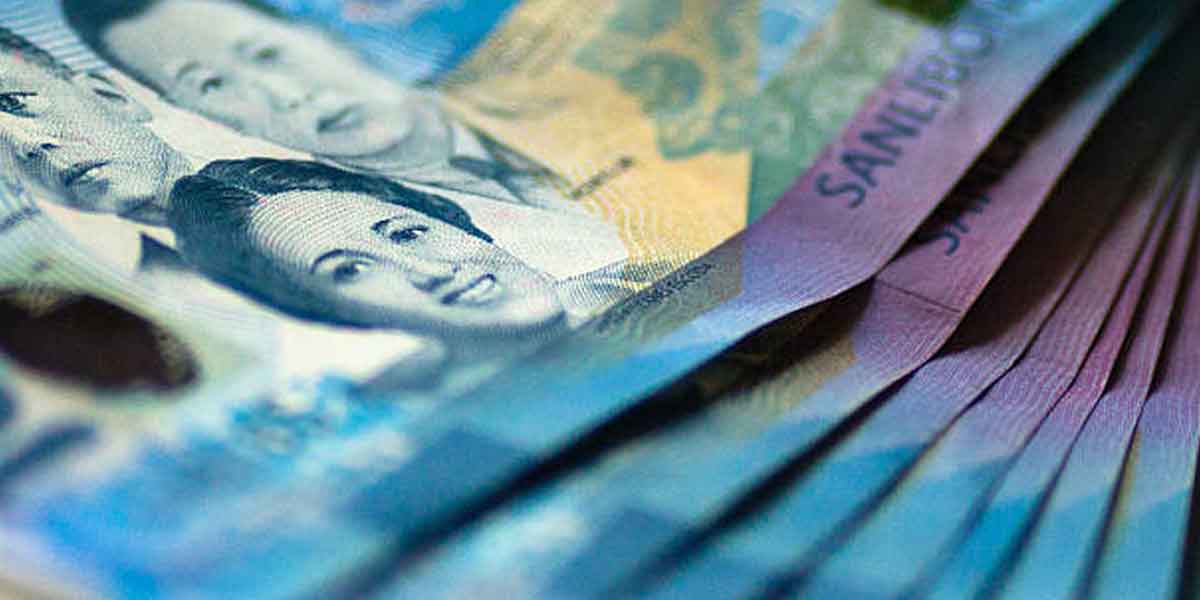
BACOLOD CITY – The island of Negros, known mostly for its sugarcane fields and picturesque landscapes, is set to become a home of renewable energy in the Philippines.
At the recent Negros Island Power Forum, a future bright with green energy was outlined by the Department of Energy (DOE) with proposals for projects totaling over 1,000 megawatts (MW) in the next 15 years.
Hosted by the Metro Bacolod Chamber of Commerce and Industry (MBCCI) at L’ Fisher Hotel, the forum shone a light on the potential of Negros Occidental to pivot towards sustainable energy.
In a presentation that caught the audience’s attention, Engr. Jose Rey Maleza, chief of DOE-Visayas Energy Industry Management Division, laid out the vision for the island’s energy future.
“Negros Island has a total of 155.6 megawatts (MW) committed power projects and 1,231.7 MW indicative power projects,” Maleza detailed.
The distinction between committed and indicative projects was made clear: committed projects are those ready for implementation or underway, while indicative projects are still in the planning phase.
Negros is looking at a suite of diverse renewable energy sources – biomass in Victorias City, geothermal in Bago City, solar in Silay City, and pioneering battery energy storage systems in Murcia and San Carlos City.
Meanwhile, the indicative projects cast a wider net across various renewable technologies. These include solar projects slated for Victorias, Bacolod, Cadiz, and Silay cities, as well as Calatrava town; wind energy in Pulupandan; hydroelectric in Sagay City; and additional battery energy storage in Cadiz.
“(These are) the incoming projects here in Negros. Please take note that all are RE,” said Maleza, confirming the renewable essence of the entire initiative.
He also pointed to a longer-term vision where additional infrastructure such as new lines from Mindoro to Panay will enhance the supply access, supporting the influx of renewable sources until 2040.
The forum came at a pivotal time as the current energy snapshot shows Negros with an installed capacity of 910 MW but only 692 MW of which is dependable.
Maleza noted that “99.1 percent of power plants in Negros generate RE,” positioning the island at the forefront of the Philippines’ renewable energy landscape.
Frank Carbon, MBCCI vice president for government affairs, captured the essence of the forum, saying it tackled the electric power situation and how to ensure a reliable and sustainable power supply for Negros Island.
The proactive approach is evident in plans to establish the Negros Island Power Development Coordinating Council, aiming to synergize the initiatives for an energy-secure future.




















